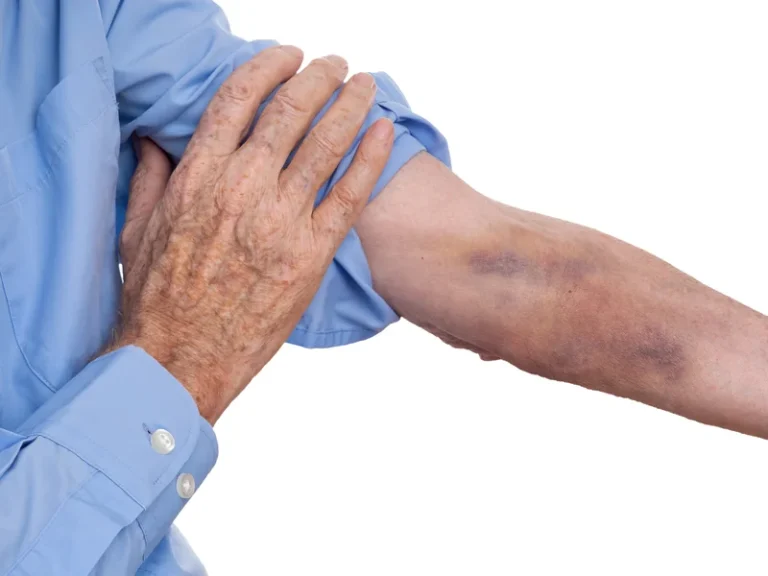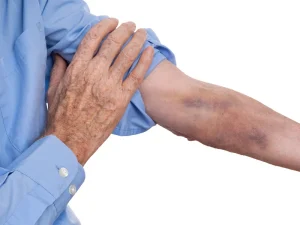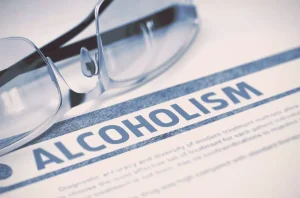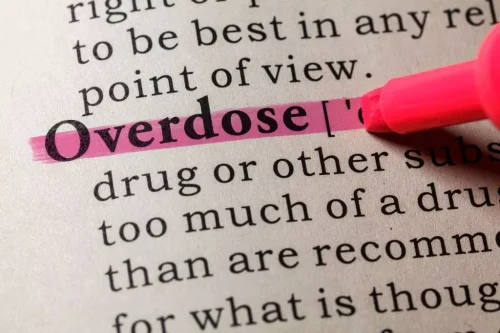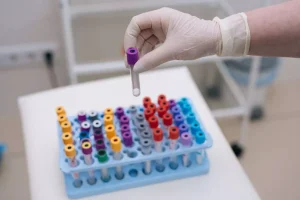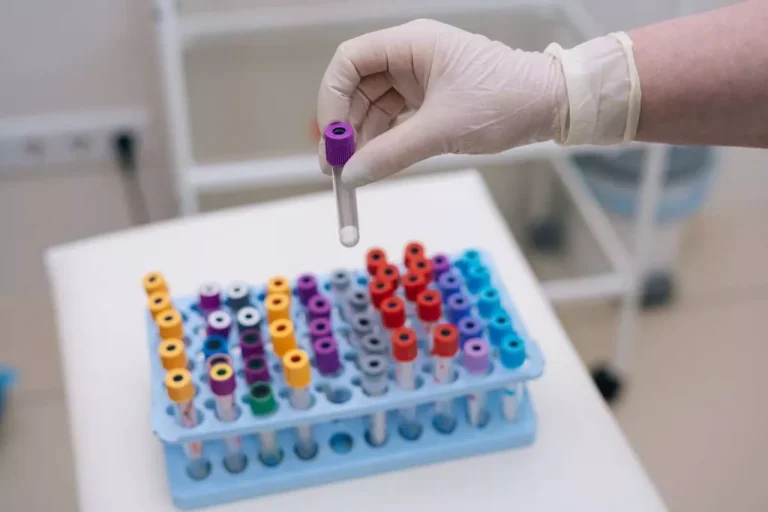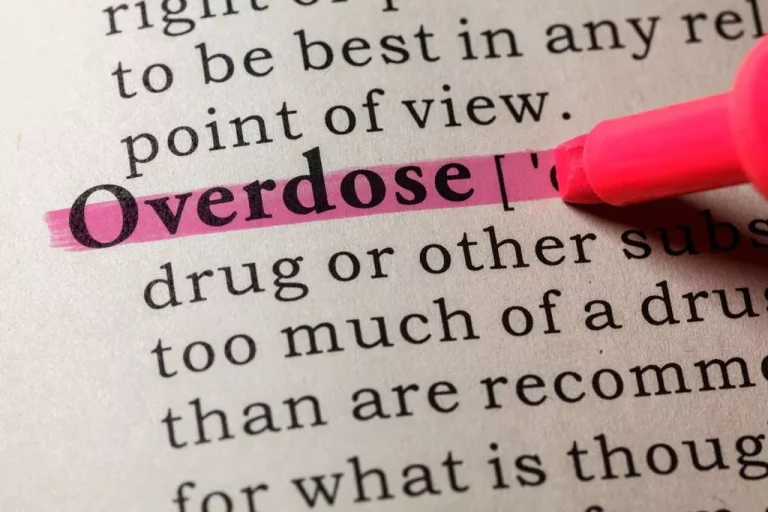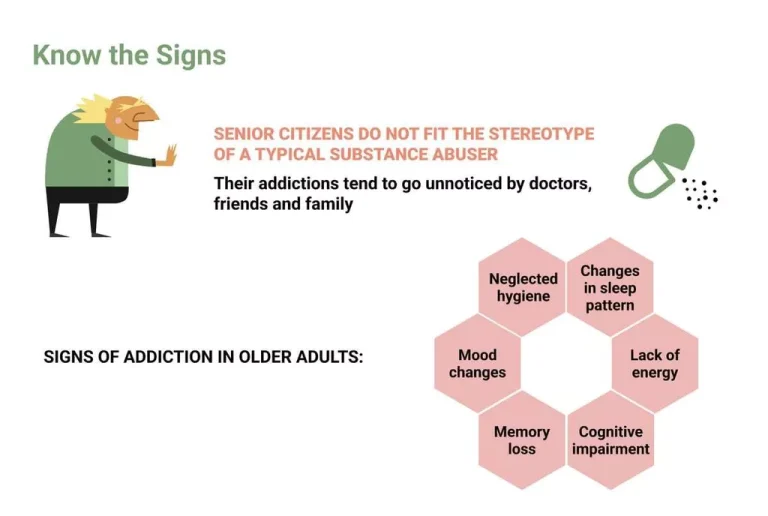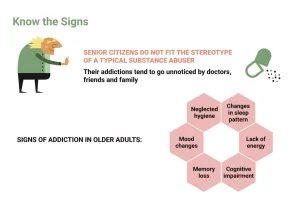
It can also be a good idea for people who don’t want to, or can’t, attend any type of full detoxification program. Deciding to taper off alcohol is a slower process that requires planning, but it can decrease both the chase of experiencing severe withdrawal symptoms and relapse. It can be helpful to make a plan ahead of time for how to handle a relapse.

How Long Does it Take to Taper Off Alcohol?
Delirium tremens (DTs) is a serious condition that some people struggling with alcohol withdrawal go through. It is characterized by severe nausea, seizures and hallucinations. If you begin to experience DT, you always need to get immediate medical attention, as it can be life-threatening. If you’ve ever thought about cutting down on alcohol, you know it’s easier said than done. Goal setting isn’t just for work projects or fitness plans — it’s a powerful tool for transforming your drinking habits too. By creating specific, achievable targets, you can chart a course toward reduced consumption and improved well-being.
Set Clear, Achievable Goals
Alcoholism can affect the person struggling with it as well as their loved ones. However, it’s important to keep in mind that alcohol detox can be dangerous if it’s done at home. Detox at a professional rehab facility is typically the most recommended method for addressing alcohol addiction and dependence. Alcohol withdrawal symptoms can range from being a slight nuisance to extremely uncomfortable.
How Long Does it Take to Detox from Alcohol at Home?

The Reframe app equips you with the knowledge and skills you need to not only survive drinking less, but to thrive while you navigate the journey. Our daily research-backed readings teach you the neuroscience of alcohol, and our in-app Toolkit provides the resources and activities you need to navigate each challenge. Apps like Reframe can complement these efforts by offering personalized drink tracking and behavior change programs based on neuroscience principles.
- This didn’t motivate me to quit, but I was afraid of how bad things could get if I drank too much.
- If you’ve been drinking heavily for a long time and think you might experience withdrawal symptoms, it’s best to talk with a medical professional before you begin a taper.
- They play a critical role in offering emotional support and understanding.
- Skills and mindset content to help you realize your potential, let go of resentment, and live life with purpose.
- This includes beer, wine, and liquor, as well as products that contain alcohol such as rubbing alcohol and vanilla extract.
- How do I start setting goals to reduce my alcohol consumption?
- It’s about developing new coping skills and staying connected to your deepest values and goals.
- Additionally, meditation can help you clear your mind and focus on the advantages of detoxing from alcohol.
- Sunnyside uses a psychology-based approach to help you drink more mindfully, no matter what your goal is.
- This approach keeps your audience engaged and helps with faster learning.
If you’ve become dependent on alcohol, cutting it out of your life may produce withdrawal symptoms, such as a rapid heartbeat, high blood pressure, sweating and shaking. Psychological symptoms can include irritability, anxiety and restlessness. Typically, alcohol withdrawal symptoms happen for heavier drinkers.

– Get medical assistance if you experience anything beyond mild withdrawal symptoms.

At times, it’s easy to forget why you how to stop drinking entered recovery in the first place. Meditation can help clear your mind to focus on what really matters. It pulls you out of a reactive state of mind and into a proactive state, which can be a powerful tool in helping treat alcohol withdrawal.
- Her fields of interest include Asian languages and literature, Japanese translation, cooking, natural sciences, sex positivity, and mental health.
- Some of these remedies can be useful during withdrawal itself, and some are more helpful as you cope with cravings.
- The first is the physical detox process your body goes through if you abruptly stop drinking when you are physically dependent on alcohol.
- Nanci Stockwell of Advanced Recovery Systems discusses the risks of detoxing at home and the benefits of detoxing from alcohol and other drugs in a safe environment.
How to Taper Off Alcohol at Home
- Gradually tapering your alcohol use helps ease withdrawal symptoms and reduce alcohol cravings.
- Alcohol withdrawal symptoms can be painful and potentially life-threatening, so it’s important to have people you can rely on.
- Schedule a call with a team member today to get started, or learn more about how it works.
- Tapering off alcohol may complicate other medical conditions or co-occurring mental health disorders.
In addition to increasing your awareness of how much you drink, the process of recording these incidents can itself help you to feel more in control of your recovery. Moreover, this information can facilitate therapy as you continue with treatments on your path to recovery. Detoxification (detox) from alcohol is often the first step in treating alcohol use disorder (AUD).







